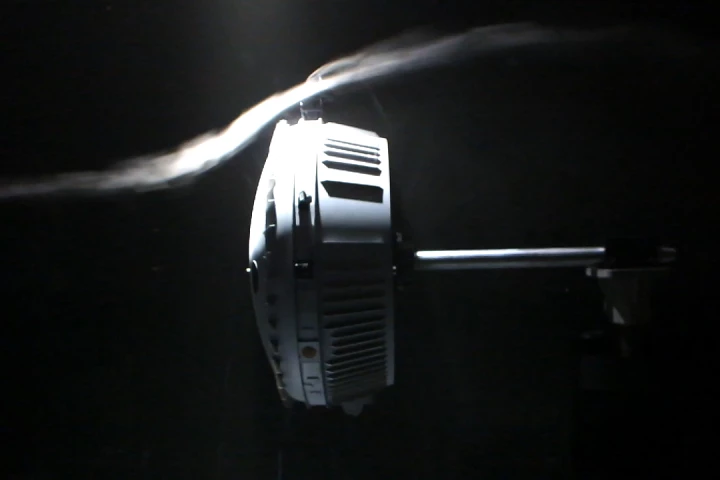Titan
-
According to NASA, Saturn's moon Titan may be the most fantastically large slushie of all time. Based on a reexamination of data from the Cassini probe collected in 2012, the moon's long-suspected global ocean may actually be a slurry of ice and rock.
-
The US Coast Guard has released the results of its Marine Board of Investigation of the Titan submersible tragedy that took the lives of five men and the 300-page document makes for damning reading in a tale of negligence and disregard for safety.
-
Looking for life on Saturn's largest moon Titan may be trickier than first thought. New computer simulations suggest that if life exists, there may not be a lot of it about. In fact, the mass probably wouldn't amount to much of anything at all.
-
NASA has given the green light for the nuclear-powered Dragonfly rotorcraft to explore Saturn's largest moon, Titan. Approval for the 2028 interplanetary mission comes after years of delay due to COVID-19 and a series of cost overruns.
-
NASA is planning to send a rotorcraft to Saturn's moon Titan, one of the most intriguing places in the solar system. Now the science goals and objectives for the Dragonfly mission have been outlined, with the search for life high on the list.
-
Home to oceans of liquid methane, Saturn’s moon Titan is one of the most fascinating bodies in the solar system. Now scientists have used radar to probe the depth of its largest sea, Kraken Mare, and estimated it to be at least 300 m deep.
-
A “weird” molecule called cyclopropenylidene has been detected in Titan's atmosphere. The simple molecule has never been seen in an atmosphere before, and it could give rise to more complex compounds and contribute to the conditions needed for life.
-
ESA engineers have determined why the space agency's Huygens probe suddenly began spinning the wrong way 15 years ago as it descended to the surface of Saturn's largest moon, Titan. The reversal could have implications for future space missions.
-
In some ways, the most Earth-like world in our solar system is Saturn’s largest moon, Titan. And now, astronomers from NASA JPL and Arizona State University have used years of Cassini data to construct the first global map of Titan.
-
The Specialty Equipment Market Association show is held in Las Vegas annually, and this year Nissan is hitting SEMA with its own one-two combos. The automaker has four performance models on display, including an all-out time attack.
-
The Shapeshifter concept is made up of a number of smaller robots, which can self-assemble into a larger machine and disassemble again as the mission calls for it.
-
A new study suggests that some of the smaller methane lakes on Titan may have been formed by explosions of warming nitrogen.
Load More











